Do you know the structure and principle of industrial robot servo system? This article will introduce you to servo systems, controllers, drives, servo motors and other knowledge.
Do you know the structure and principle of industrial robot servo system?
Right-handed spiral rule (ampere’s rule) – energizing magnetism
Ampere’s rule, also known as the right-handed spiral rule, is a rule that represents the relationship between the direction of the magnetic induction lines of the current and the magnetic induction field of the current excitation field.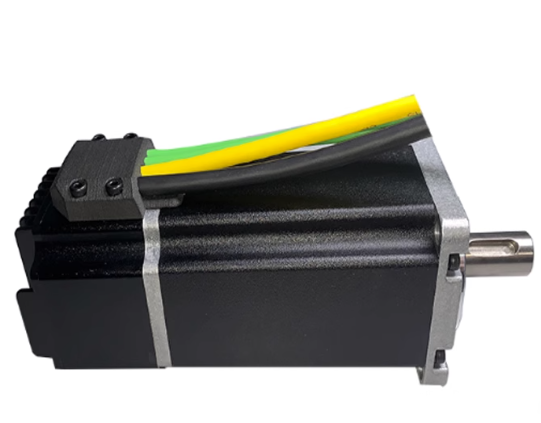
Nema 23 Integrated DC servo motor
Ampere’s rule in the energized straight wire: hold the energized straight wire with your right hand and let the thumb point in the direction of the current, then the pointing of the four fingers is the surrounding direction of the magnetic induction line; Ampere’s rule in energized solenoids: Hold the energized solenoids with your right hand so that the four fingers bend in the direction of the current, then the end pointed by the thumb is the N pole of the energized solenoid.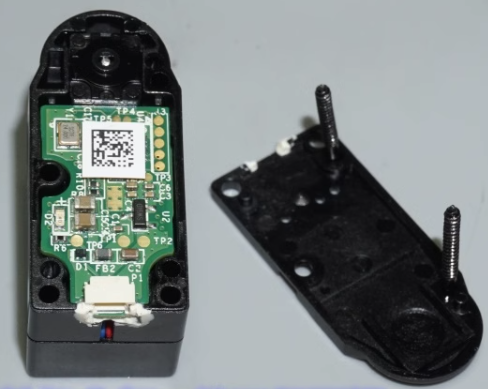
Precision Micro Robot Bus Servo Parts – 714 Coreless Motor 2kg Torque Micro Servo
A rule that determines the direction of force on a current-carrying wire in an external magnetic field. Also known as the motor rule. The left hand is flattened, the thumb is perpendicular to the remaining 4 fingers, the palm of the hand is facing the N level, the 4 fingers are the direction of the current, and the thumb is the direction of the force of the current-carrying wire in the external magnetic field.
Servo control unit
SERVO is derived from the Latin language, originally meaning “slave”, refers to the control of the position, torque, speed or acceleration of a mechanical system through closed-loop control, is the execution unit in the automatic control system, is to convert the electrical signal of the upper controller into angular displacement or angular velocity output on the motor shaft.
1. Controller: output device of action command signal.
2. Drive: A device that receives control instructions and drives a motor.
3. Servo motor: A device that drives and controls objects and detects the status.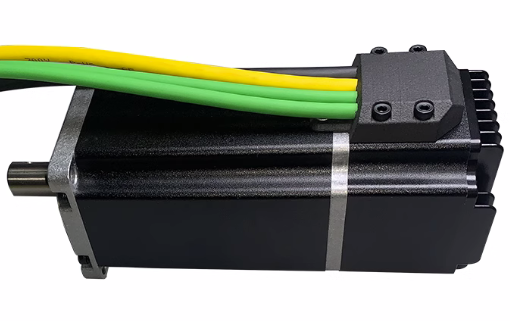
Integrated DC servo motor 200W 400W all-in-one servo motor set – hybrid stepper small motor
The control principle of the servo system
The biggest feature of the servo system: through the control method of feedback signal (the command value can be compared with the target value, thereby greatly reducing the error condition).
What is the feedback signal: After giving instructions to the control object, correctly track and find out the current value, and feedback the deviation value of the control content at any time, and feedback the position value after the target reaches the destination, and so on.
Control process: detect the position of the mechanical body, the loop is a closed system, called a fully closed loop. On the contrary, the loop system that detects the shaft end of the motor is called a semi-closed loop.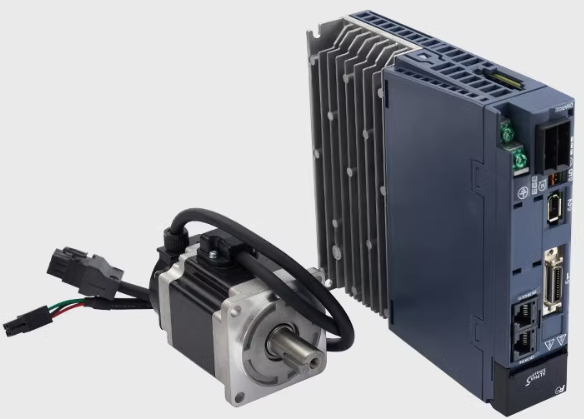
AC servo motor multi-model – Do you know the structure and principle of industrial robot servo system?
The internal composition of the servo drive
Rectifier part: Through the rectifier part, the AC power supply is changed to DC power supply, and the capacitor is filtered to produce a stable and pulsating DC power supply.
Inverter part: the SPWM signal from the control department drives the IGBT, and the DC power supply is changed to the SPWM waveform to drive the servo motor.
Control part: the servo unit adopts a fully digital structure, through high-performance hardware support, to achieve the software of closed-loop control, now all servos have adopted (DSP digital signal processing) chip, DSP, can perform position, speed, torque and current controller functions. The PWM signal control signal is given to the power drive unit, and can receive processing position and current feedback, with a communication interface.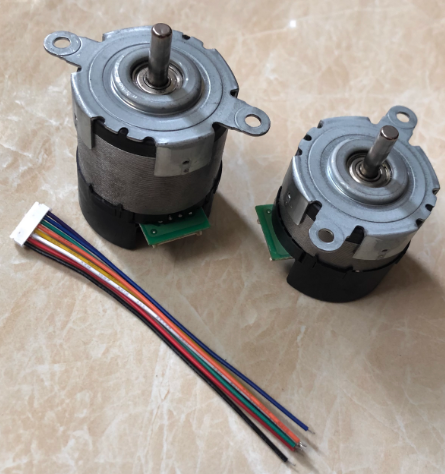
Dual channel 100-wire encoder balanced robot motor
Encoder: The servo motor is equipped with a high-performance angle measurement encoder, which can accurately measure the position of the rotor and the speed of the motor.
At present, the output devices of servo control systems increasingly use new power semiconductor devices with high switching frequencies, mainly including high-power transistors (GTRs), power field effect transistors (MOSFETs) and insulated gate transistors (IGPT).
The application of these advanced devices significantly reduces the power consumption of the servo unit output loop, improves the response speed of the system, and reduces the operating noise. In particular, it is worth mentioning that the latest servo control system has begun to use a new module that integrates control circuit functions and high-power electronic switching devices, called Intelligent Power Modules (IPM).
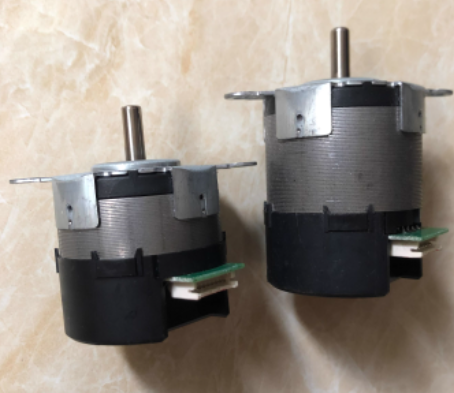
DC brushless servo motor 12V 24V dual channel 100-wire encoder balanced robot motor
The device integrates input isolation, power braking, overtemperature, overvoltage, overcurrent protection, and fault diagnosis in a small module. Its input logic level is fully compatible with TTL signals and can interface directly with the output of the microprocessor. Its application significantly simplifies the design of servo units and realizes the miniaturization and miniaturization of servo systems.
Universal servo dynamometer test system
Product overview: Motor test system is the latest generation of motor test equipment developed by using advanced AC dynamometer and computer virtual instrument, combined with many new manufacturing processes. It is suitable for the integrated evaluation and characteristic analysis of various small and medium-sized motors and controllers, as well as the testing of parts in automobiles/motorcycles/aviation/aerospace/weapons.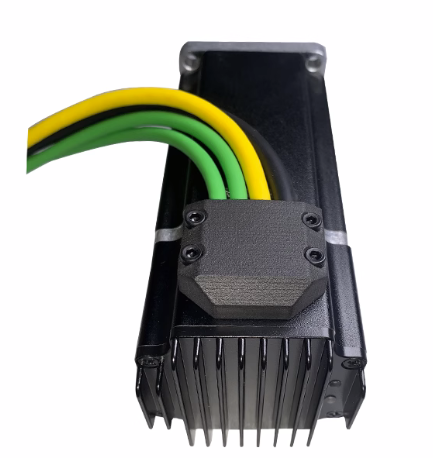
Integrated servo motor package
The technologies we use are at the highest level of motor testing available today, including the latest industrial quasi-technology, laboratory technology and proprietary intellectual property technology. The core technologies of the servo dynamometer system are DTC direct torque control and Weiheng’s original torque closed-loop control strategy.
Product function: Motor performance testing includes voltage, current, input power, torque, speed, efficiency, etc.








